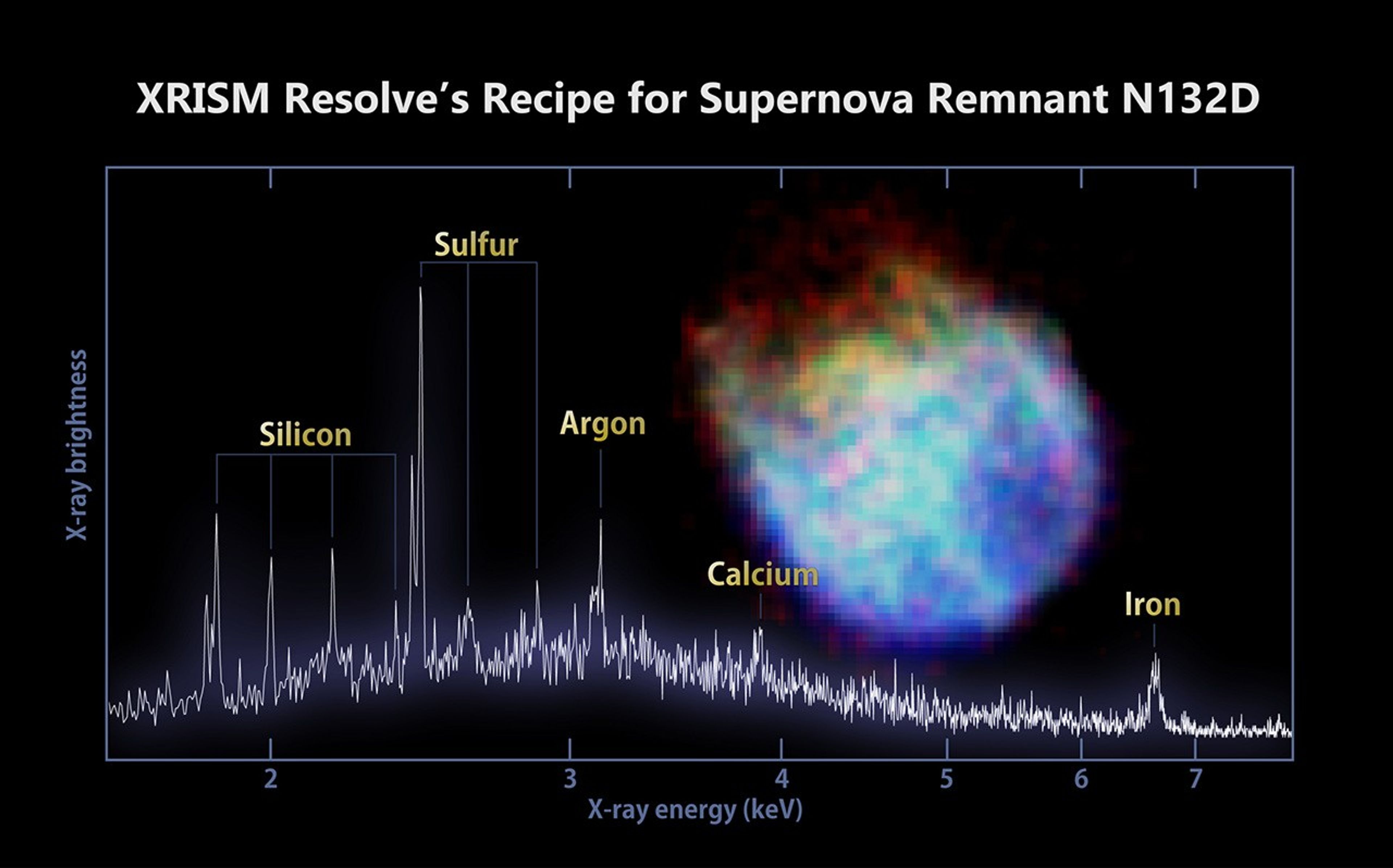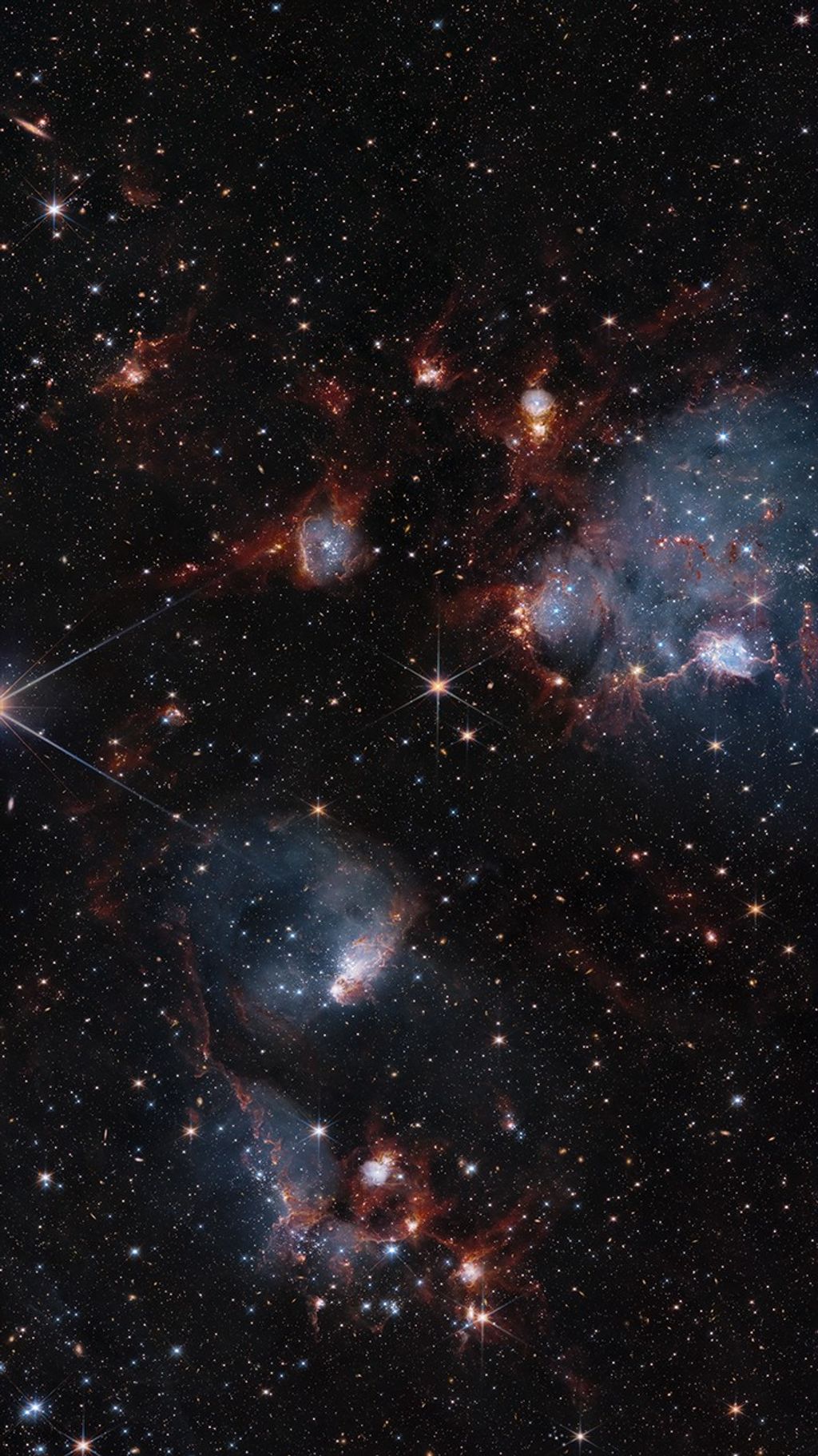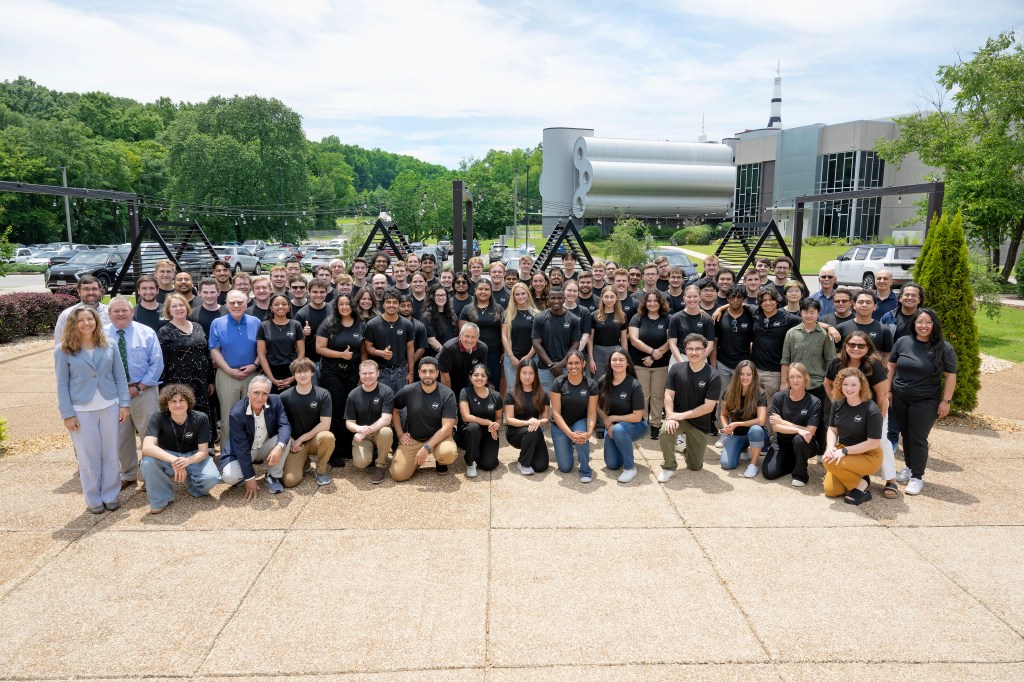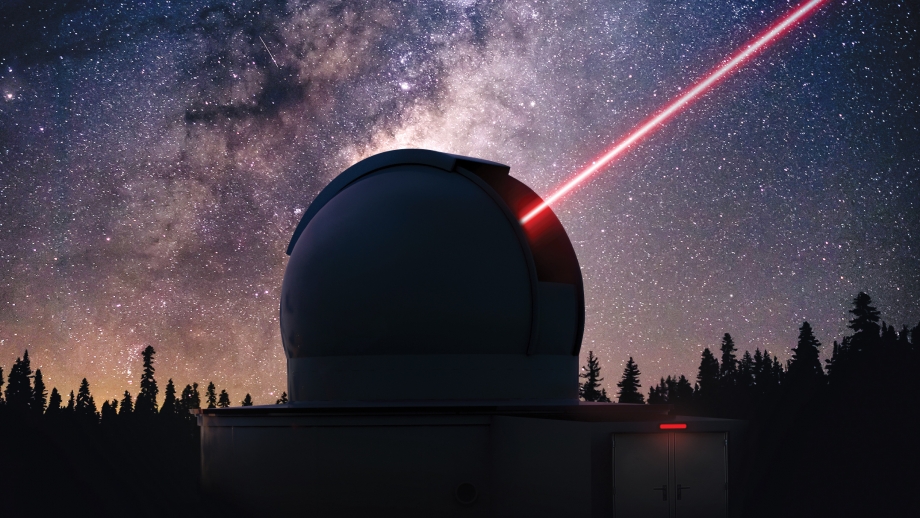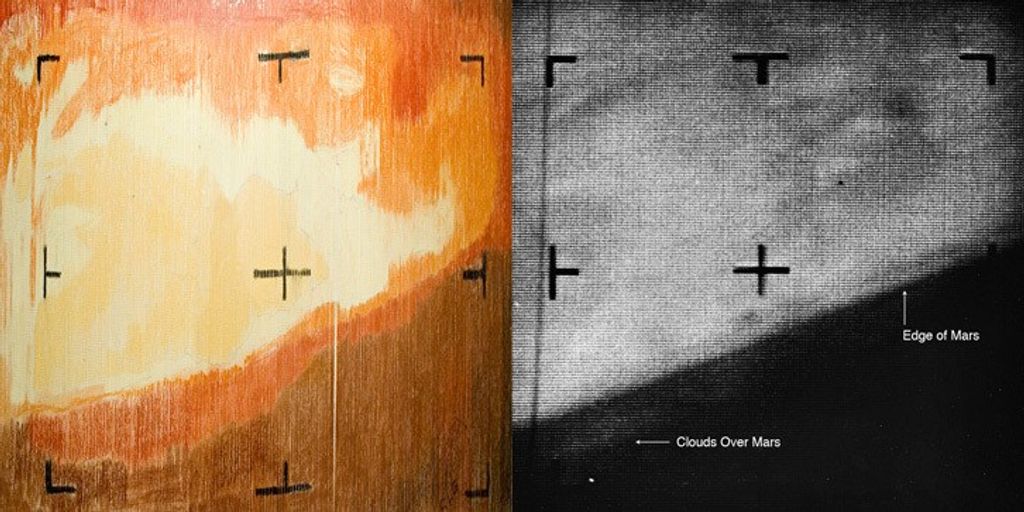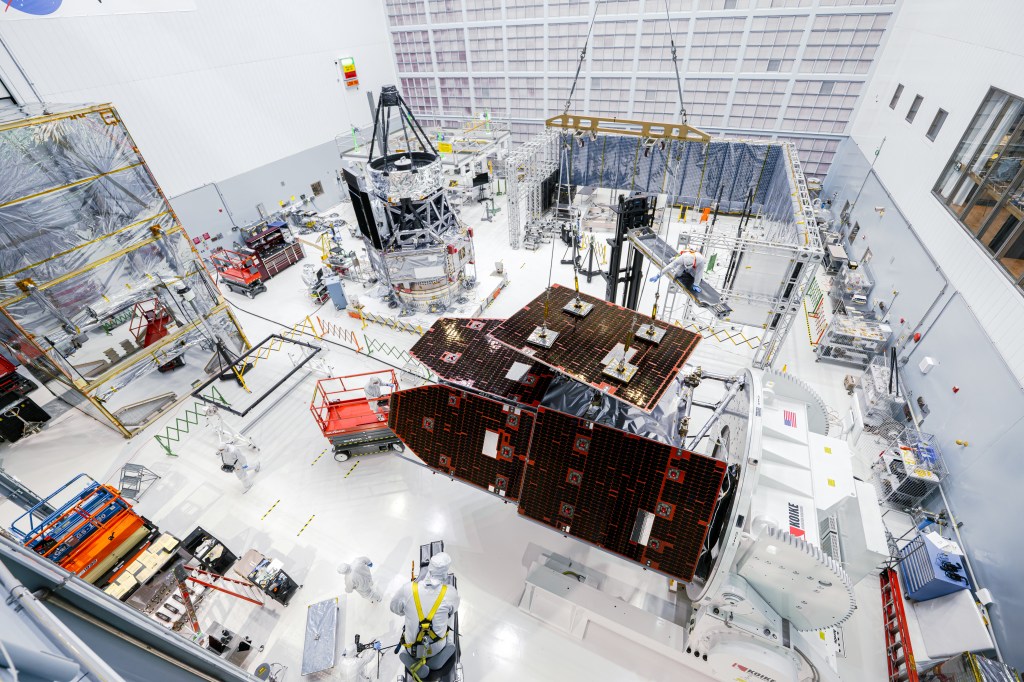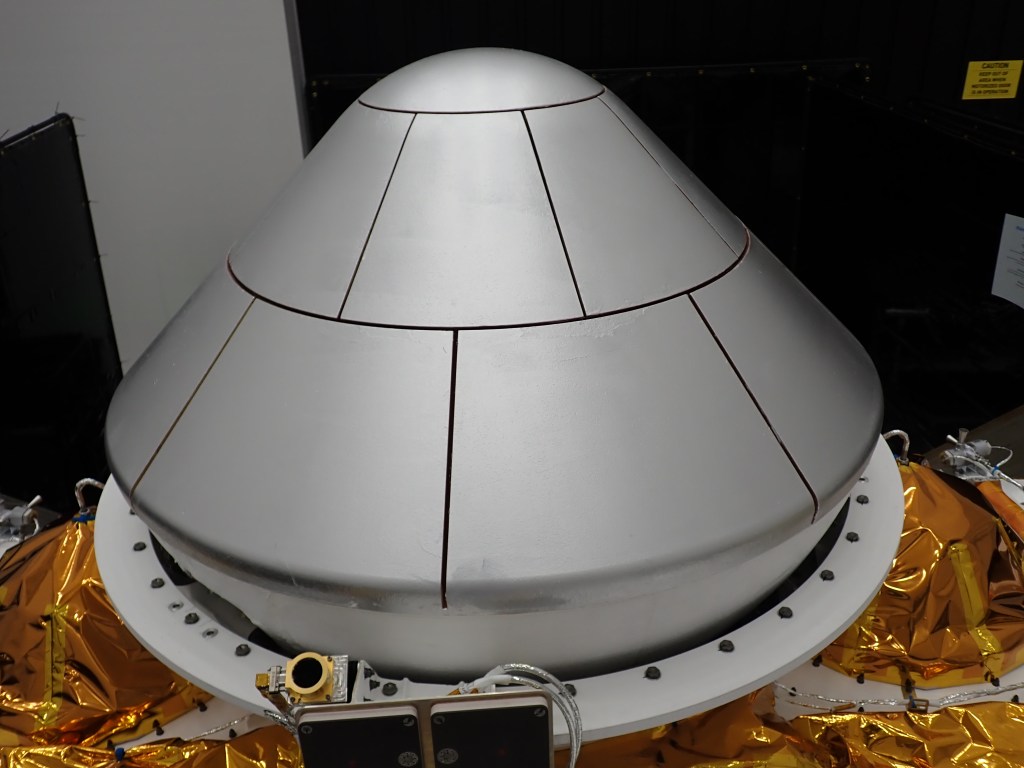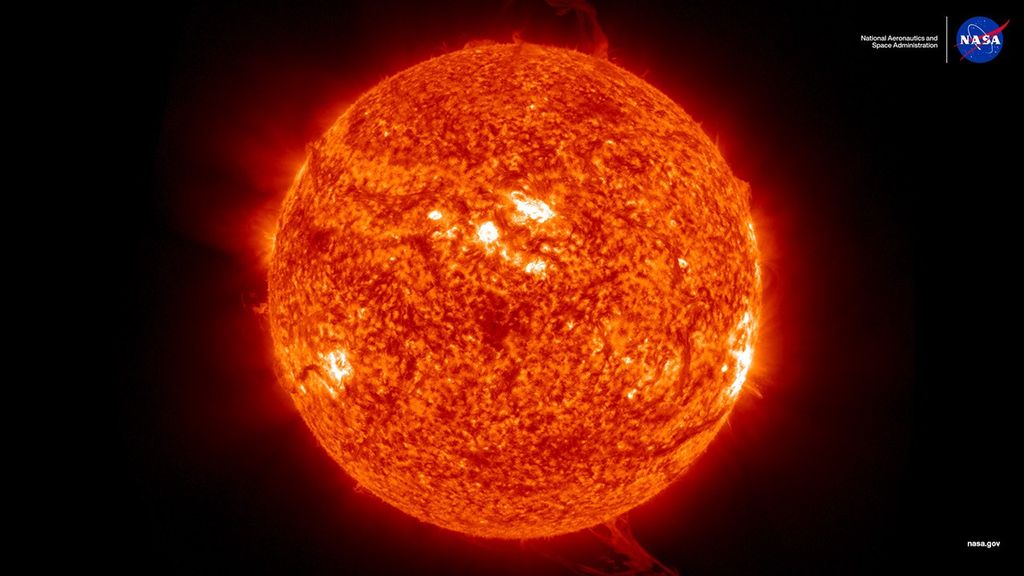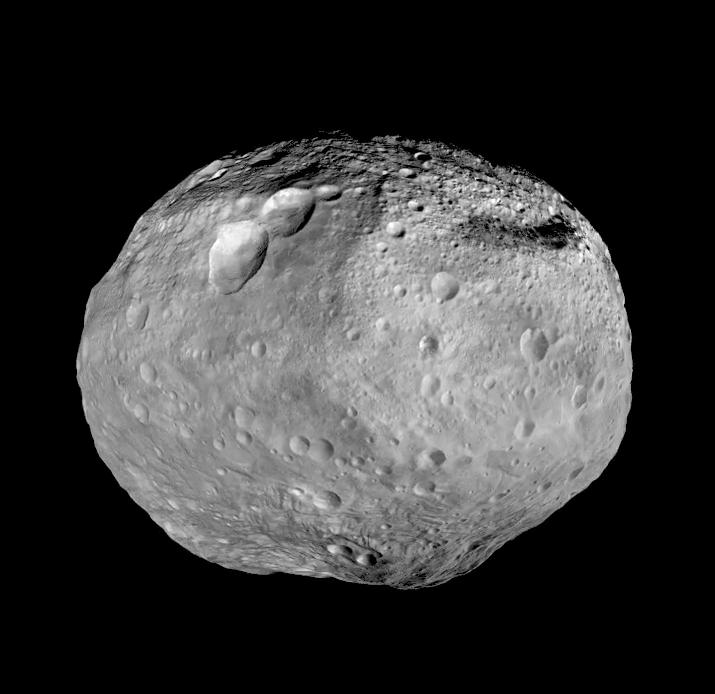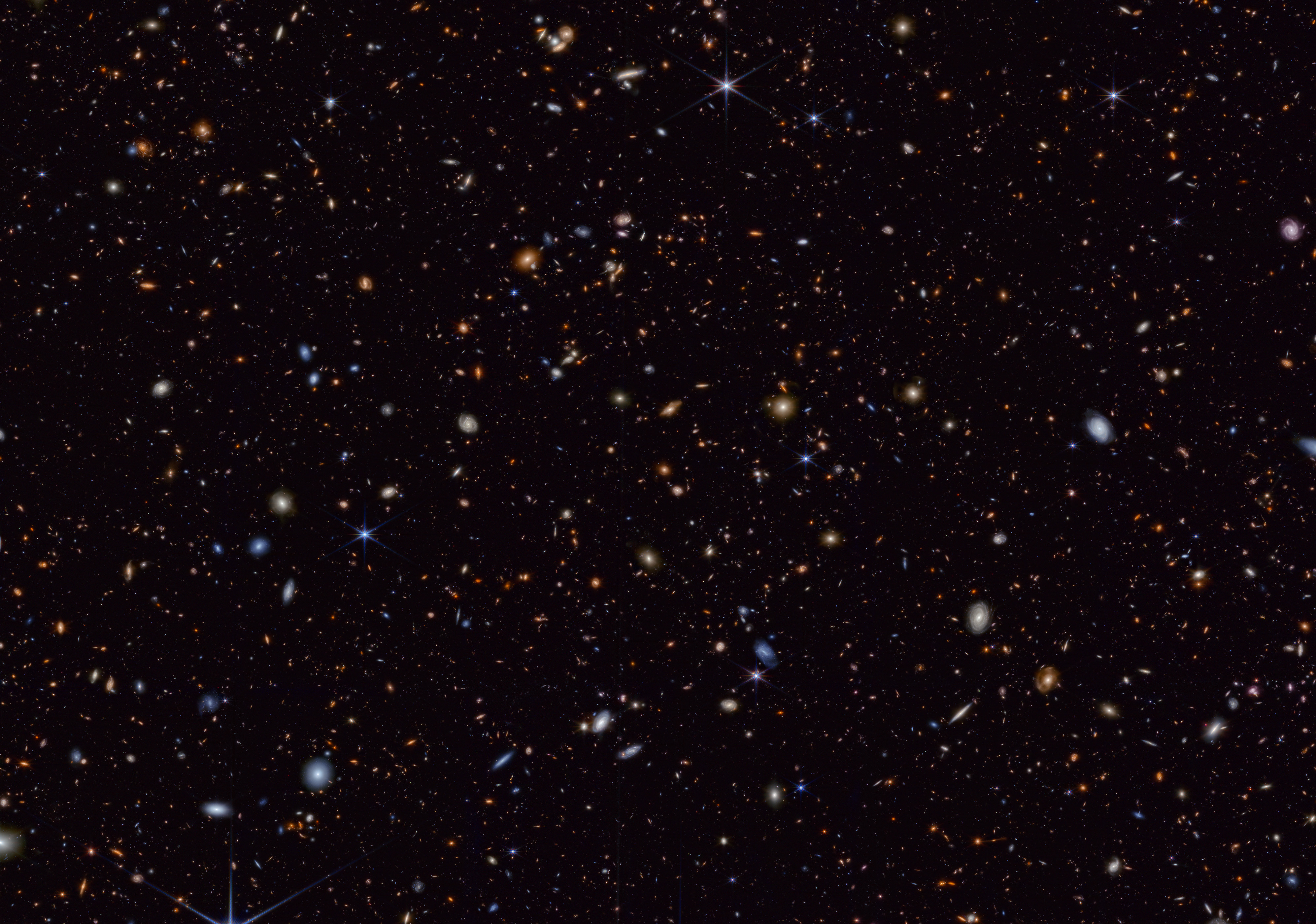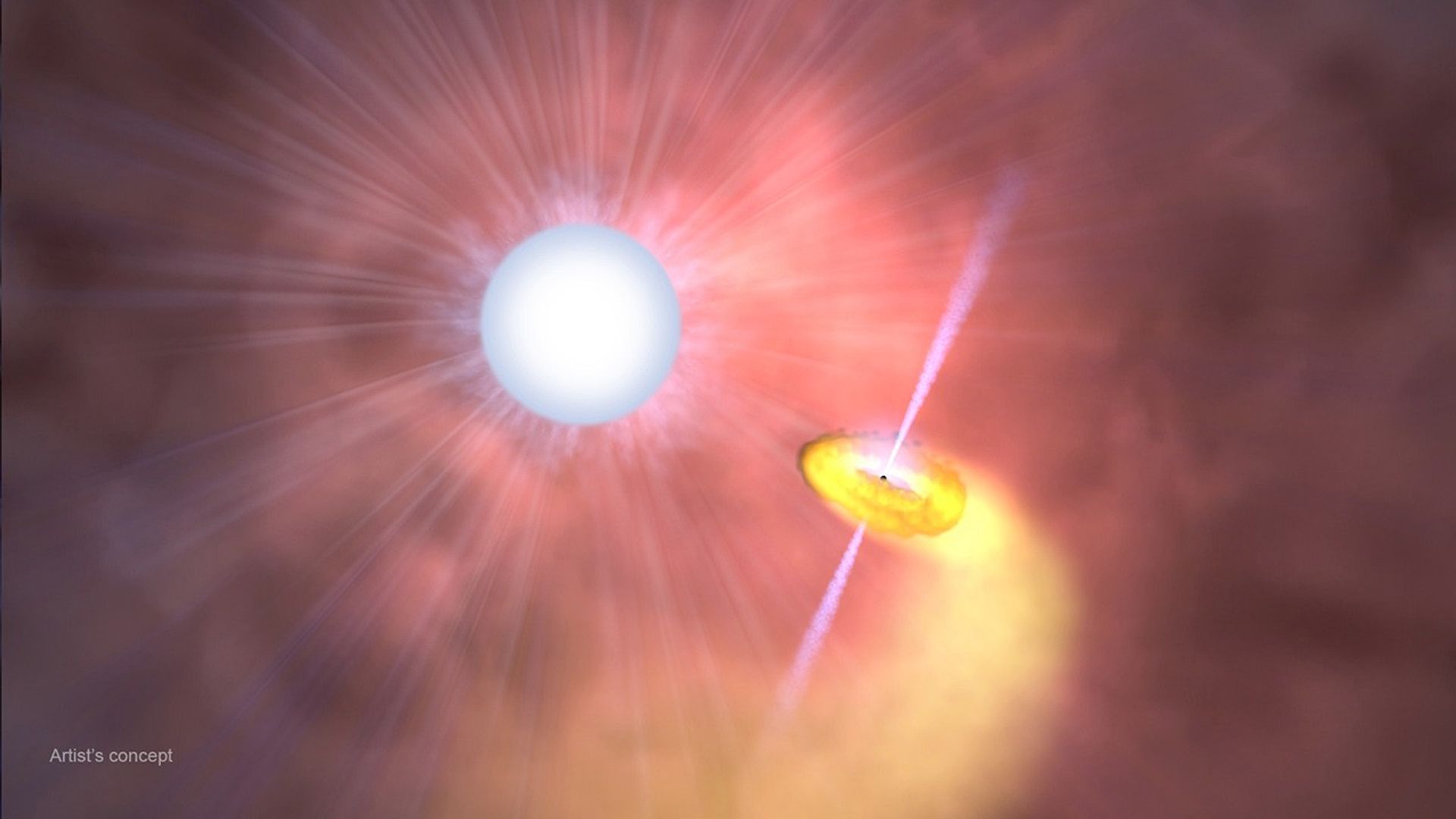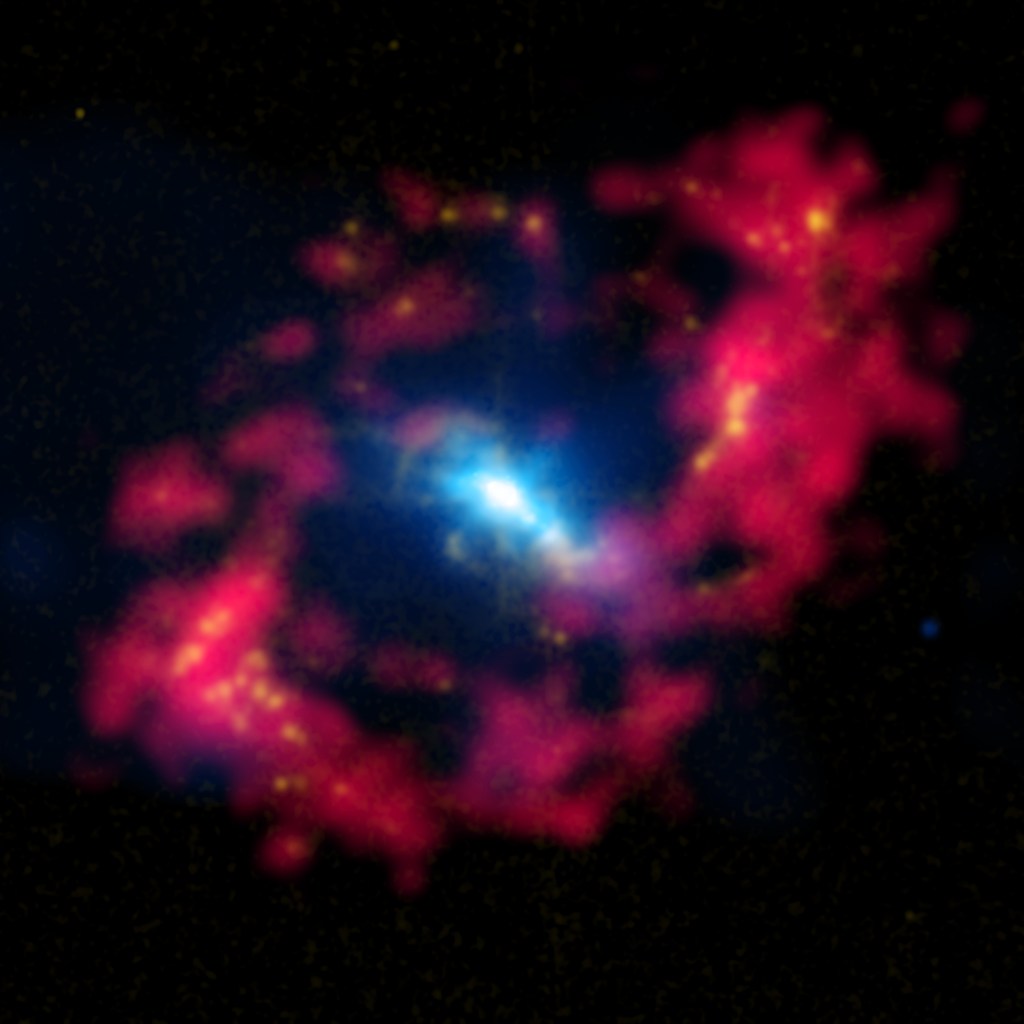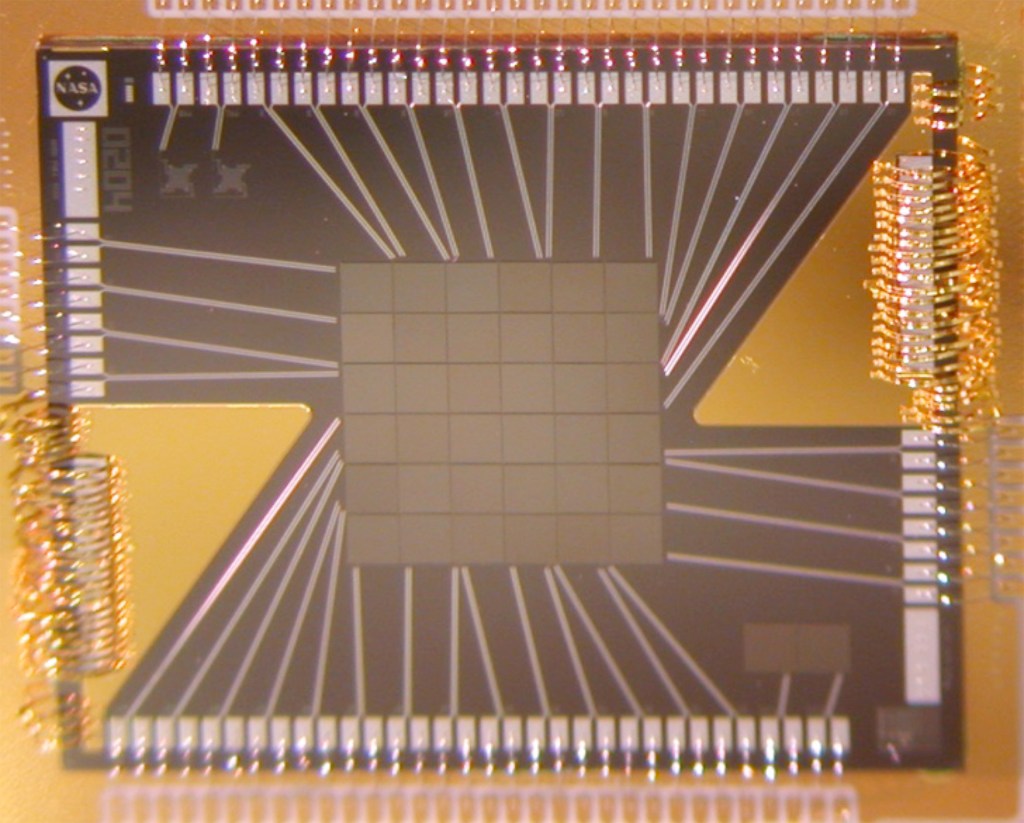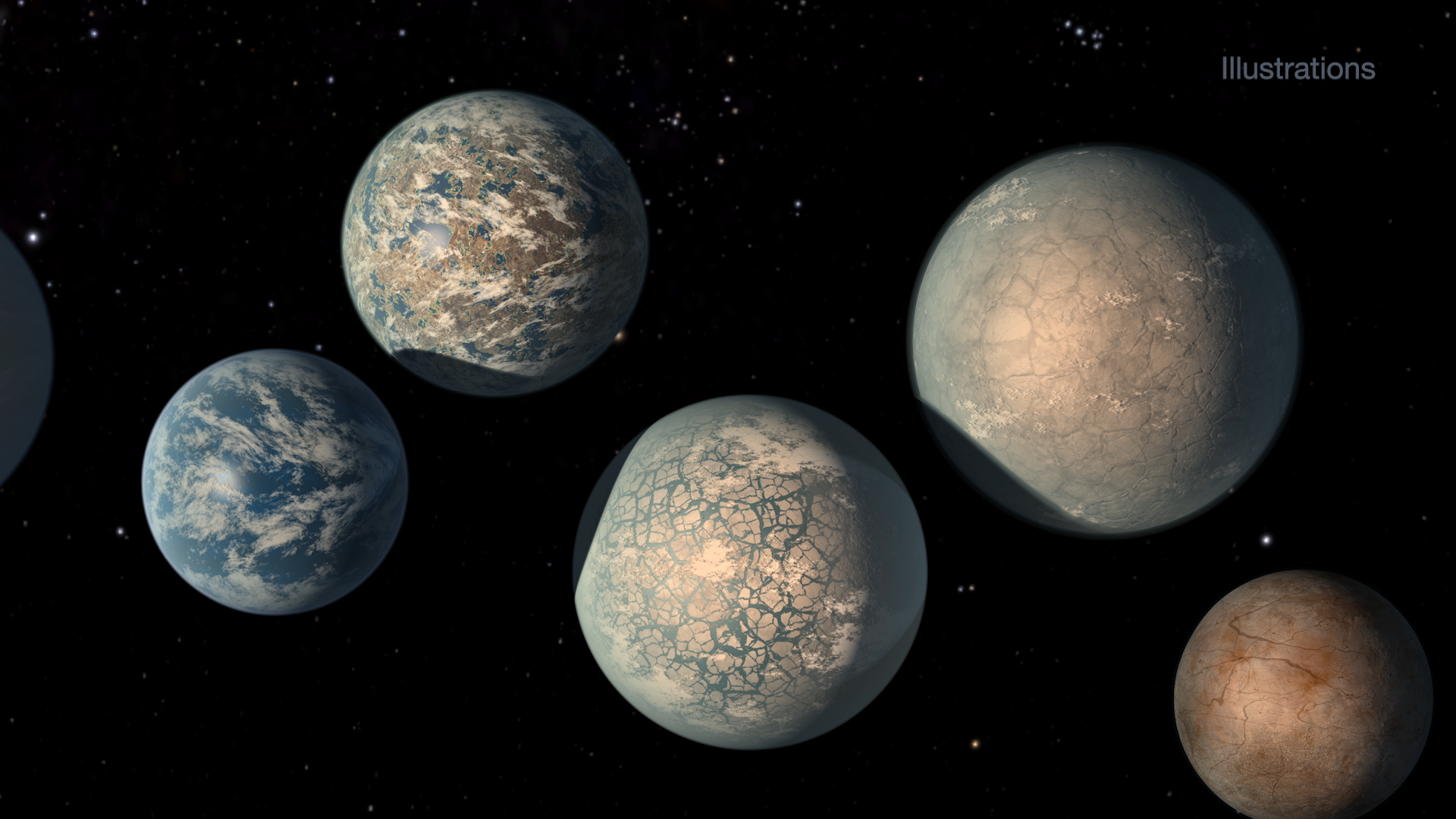XRISM
X-ray Imaging and Spectroscopy Mission
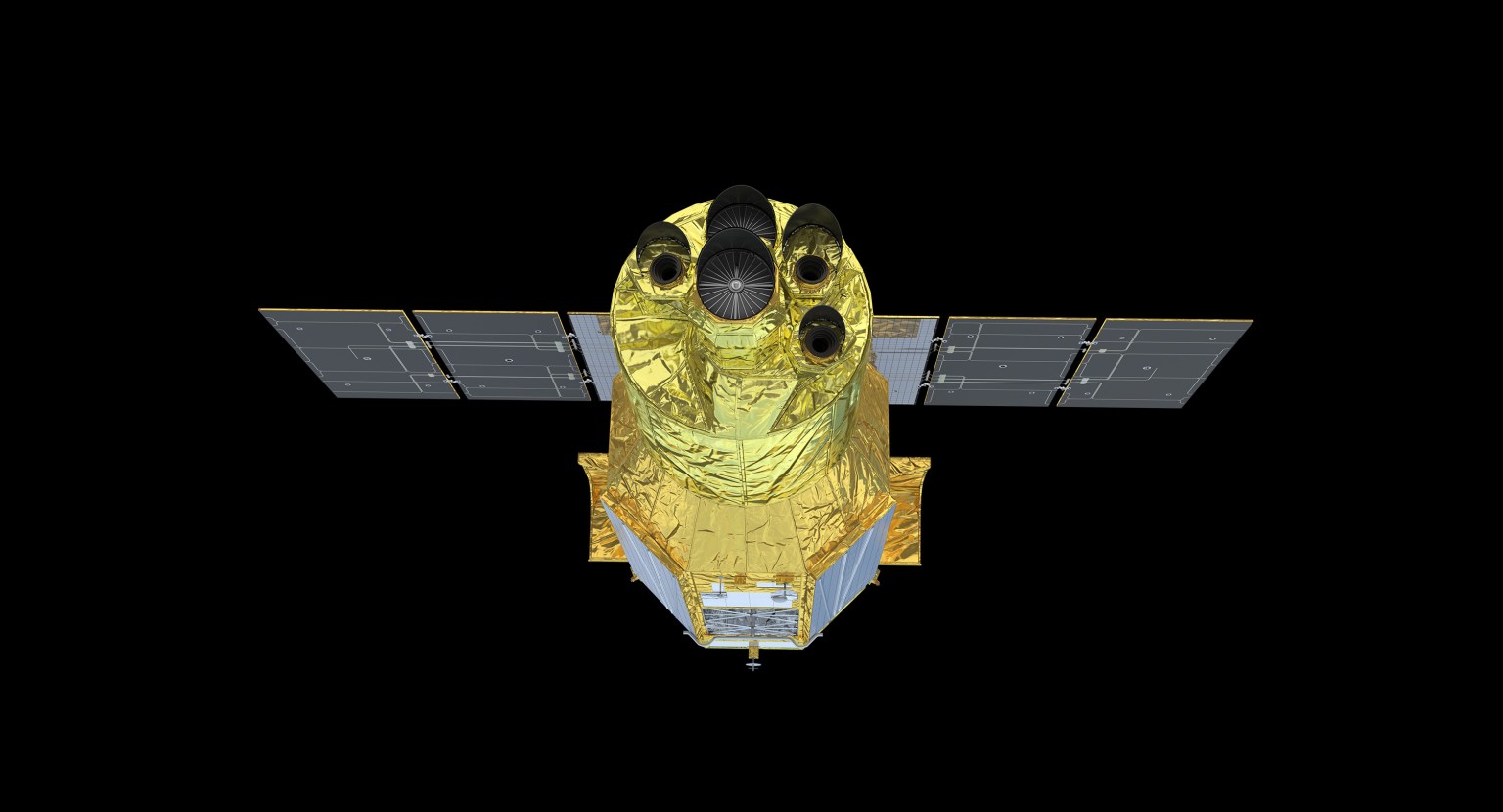
NASA, JAXA XRISM Mission Looks Deeply Into ‘Hidden’ Stellar System
The Japan-led XRISM (X-ray Imaging and Spectroscopy Mission) observatory has captured the most detailed portrait yet of gases flowing within…
Read the Story
Latest NASA XRISM News
XRISM Exploring the Hidden X-ray Cosmos
Watch this video to learn more about XRISM (X-ray Imaging and Spectroscopy Mission), a collaboration between JAXA (Japan Aerospace Exploration Agency) and NASA.
Credit: NASA’s Goddard Space Flight Center
Latest JAXA News
XRISM updates from JAXA (Japanese Aerospace Exploration Agency).
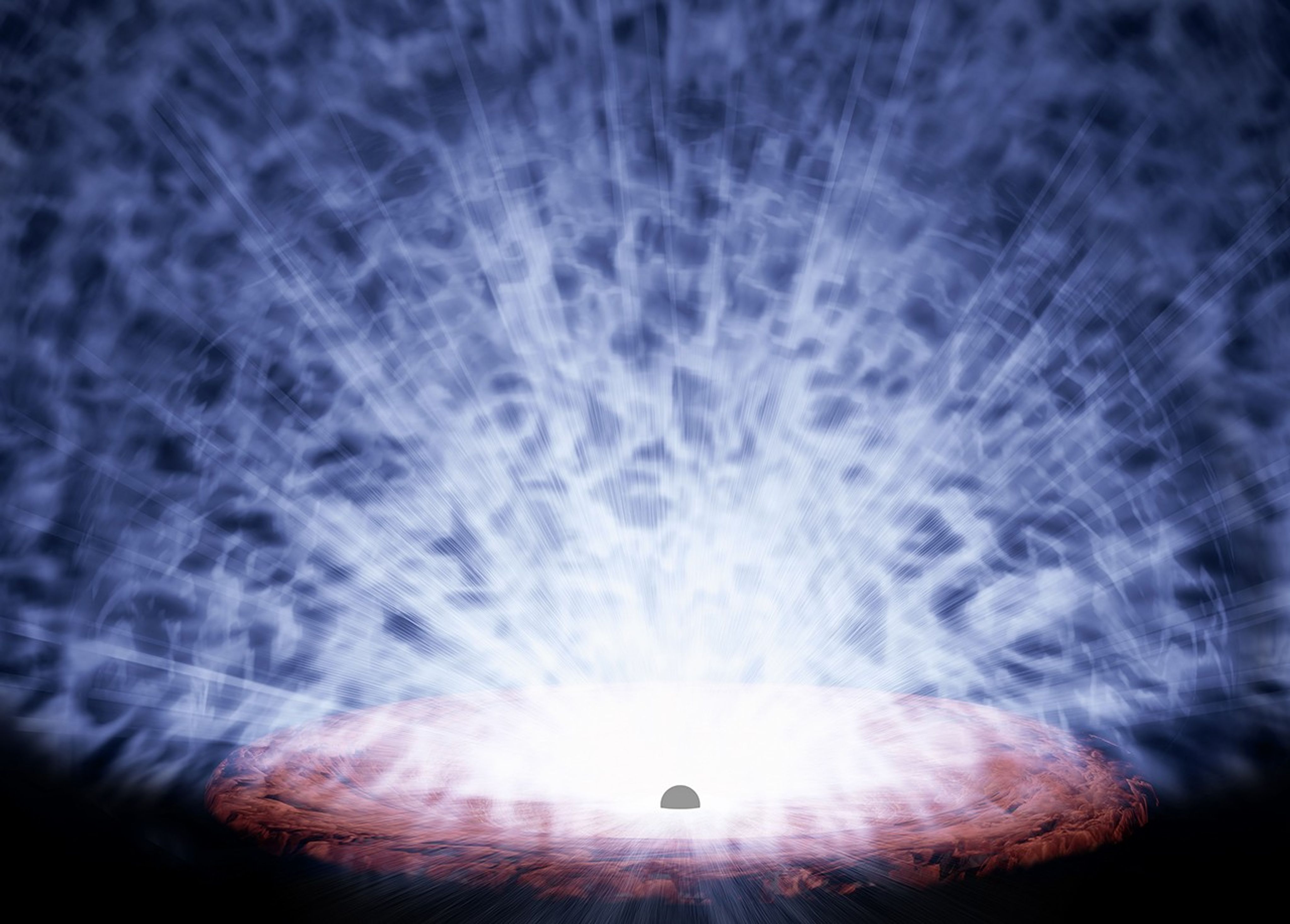
XRISM Unveils Super High-Speed Bullet-Like Winds Shooting from a Supermassive Black Hole
Scientists used XRISM's powerful spectroscopic capabilities to discover ultra-fast winds from a supermassive black hole that possess an unexpectedly complex velocity structure.
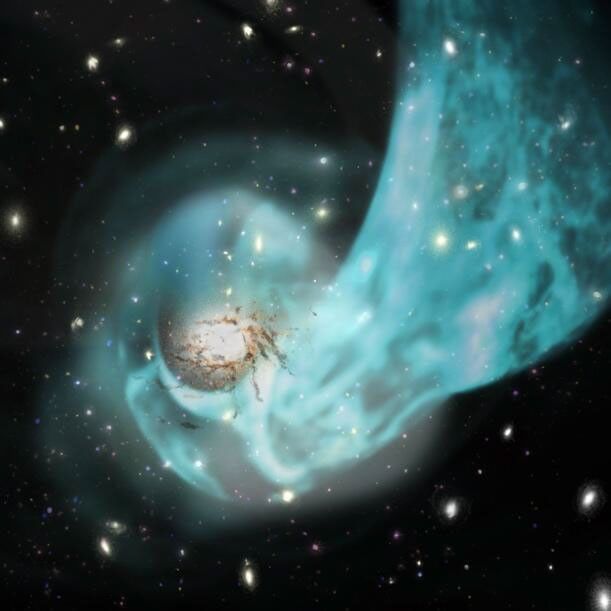
The Bulk Motion of Gas in the Core of the Centaurus Galaxy Cluster
XRISM detected the oscillating motion of hot gas motion, for the first time, in the center of the Centaurus cluster.
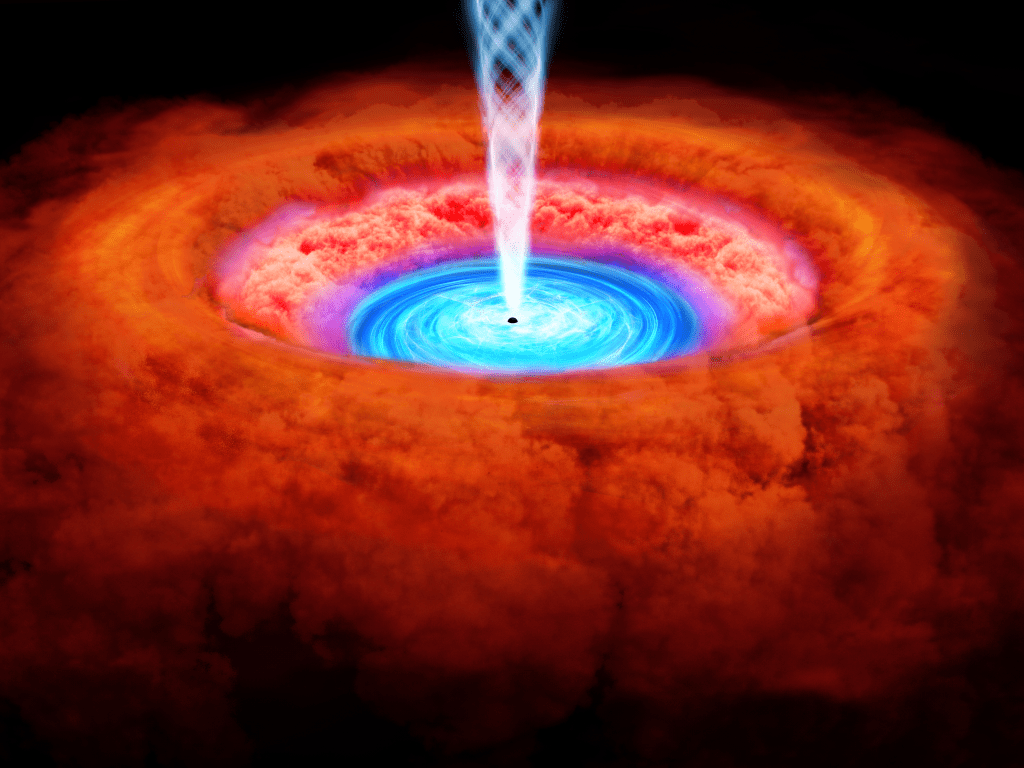
Early Science Results
The first science papers using XRISM data have been published, including results about supernova remnant N132D and active galaxy NGC 4151.
